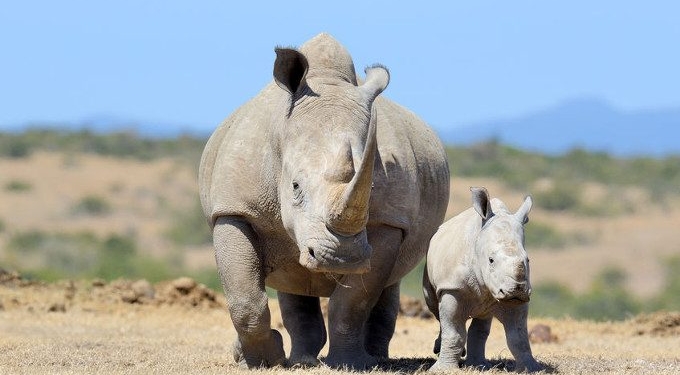
By Andrea Germanos | Common Dreams
As the United Nations unveiled Monday a draft proposal to address threats to biodiversity, a new report outlined a strategy for U.S.-focused “visionary action to save life on Earth.”
The roadmap (pdf) was released Monday by the Center for Biological Diversity. It lays out specific steps for the United States to help end the global extinction crisis.
From the ongoing “insect apocalypse” to the deterioration of “ecosystems on which we and all other species depend” to the hurtling of roughly one million plant and animal species to the brink of extinction, the need for swift and far-reaching action is clear.
“The presence of wildlife brings joy and enriches us all—and each extinction makes our home a lonelier and colder place for us and future generations,” the report states.
The weight of the problem matched in the new publication's title: Saving Life on Earth (pdf).
“Humans have never witnessed the profound level of wildlife losses unfolding in front of us right now,” said Tierra Curry, a scientist at the Center.
While the problem is global in scope, the report calls on the U.S. to be a leader in addressing the issue. The report lists five broad policy changes to kickstart that effort:
- Restore American Leadership at Global Level on Fighting the Extinction Crisis.
- Protect Key Habitats by Creating 500 New National Parks, Wildlife Refuges and Marine Sanctuaries
- Restore the full power of the Endangered Species Act and Rebuild Wildlife Populations.
- Establish Strict “No-Discharge” Pollution Limits That Are Protective of Wildlife
- Stem the Tide of Invasive Species.
Woven into those categories, which include congressional actions like expanding “the boundaries of most national parks so that they are ecologically viable and also resilient to threats like climate change,” are 10 actions the president should take on their own:
- Declare the global extinction crisis to be a national emergency.
- Establish 500 new national parks, wildlife refuges and marine sanctuaries.
- Strengthen public-land management to prioritize biodiversity and maintain abundant wildlife.
- Protect all critically imperiled wildlife and plants that are not yet on the endangered species list.
- Implement an ecosystem-approach to recovery that protects habitat, fosters ecological processes and addresses climate change.
- Require all federal agencies to develop proactive conservation plans for endangered species and to identify and protect critical habitat on their properties.
- Require the Environmental Protection Agency to adopt the precautionary principle when it regulates chemicals and pesticides.
- Ban the discharge of chemicals, pesticides, and pollutants into freshwater and marine ecosystems, and impose 100% recycling standards for all plastic products while we transition away from oil-based plastics.
- Require all federal agencies to use their full authorities to combat the spread of invasive species.
- Designate and protect wildlife corridors, including the construction of 1,000 new wildlife overpasses and underpasses.
Despite the wide scope of the problem, all is not bleak. “It is not too late to save the world's natural heritage from annihilation,” the report states. The publication points to brights spots such as dam removals that have helped restore salmon and other migratory fish and the rebounding of the bald eagle in the lower 48 after the population was decimated by the use of DDT.
The price tag for the ambitious roadmap? $100 billion—just a fraction of the $738 billion military spending bill that a bipartisan Congress passed last month.
The report breaks down how the $100 billion should be allocated:
- $20 billion to recover endangered species;
- $20 billion to create 500 new national parks, wildlife refuges, and national marine sanctuaries;
- $10 billion in assistance to the state Fish and Wildlife agencies to conserve declining wildlife;
- $10 billion for global coral restoration;
- $10 billion for neotropical migratory birds in the Western Hemisphere;
- $10 billion to save international biodiversity hotspots;
- $10 billion to combat Illegal wildlife trafficking; and
- $10 billion to address the spread of invasive species around the world.
“We are the first human generations to fully understand the consequences of mass extinction,” report states. “The question now is simply, will we act to stop it?”
Our work is licensed under a Creative Commons Attribution-Share Alike 3.0 License. Feel free to republish and share it widely.
















